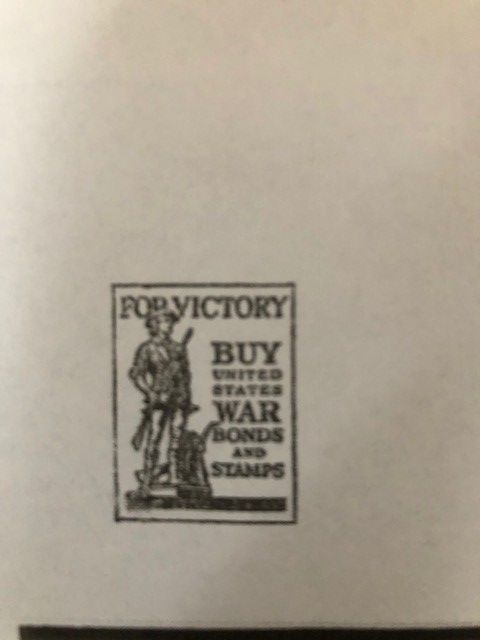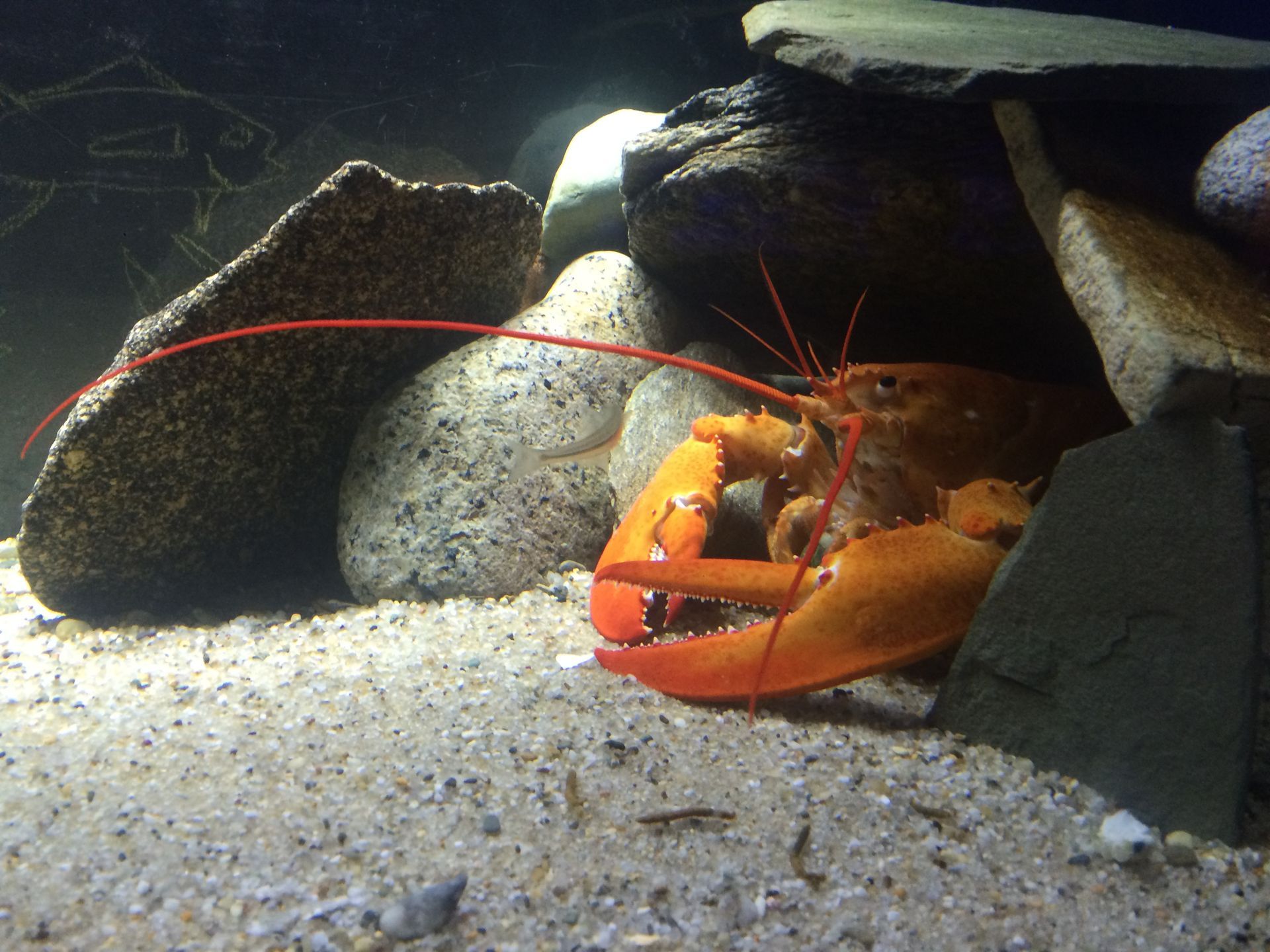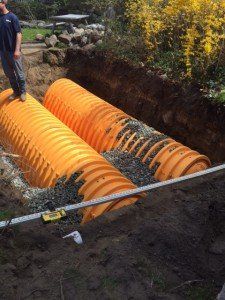PROGRESS!!
Feast your eyes on these photographs! Thanks to Toscana and Marden Plumbing, we now have a new sewer connection at 2 Vestal Street – our soon to be new Research Center! Additionally, Toscana has been creating a new drainage system for 2 Vestal Street and our Natural Science Museum at Hinchman House located adjacent to 2 Vestal. We also need to thank the engineers who designed the system, Blackwell and Associates, and to our ever wonderful landscaper and his crew – Greg of Greg Maskell Landscaping – who came in to remove landscaping right before Toscana moved in. Thank you!! The drainage system will pull the water away from the Research Center into several dry wells and it will also pump water away from Hinchman House where it tends to flood down by the pond in heavy rain. The ditch that was dug for the drainage was about eight to nine feet deep. A foot of gravel was laid, then the plastic (orange) chambers put in, then more gravel to about two feet below the top, then sand, then fabric, then more dirt, and then hopefully a restored lawn! So, once we get a new roof on Hinchman and new gutters, it will be a nicely sealed envelope there too.
One other happy note – this week I picked up our Building Permit from the Town – finally it is in hand! Soon, we will begin work to the interior – a very light touch which will look like we have not done much inside. We are attempting to preserve the interior and not just the exterior. A thanks to Jim Badera of Badera Engineering for his help with code issues and Mickey Rowland our architect. Without them, it would have made my path through code and access issues very long and dark!
JNLF
Recent Posts







